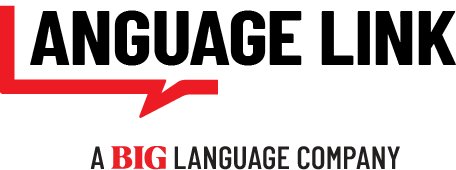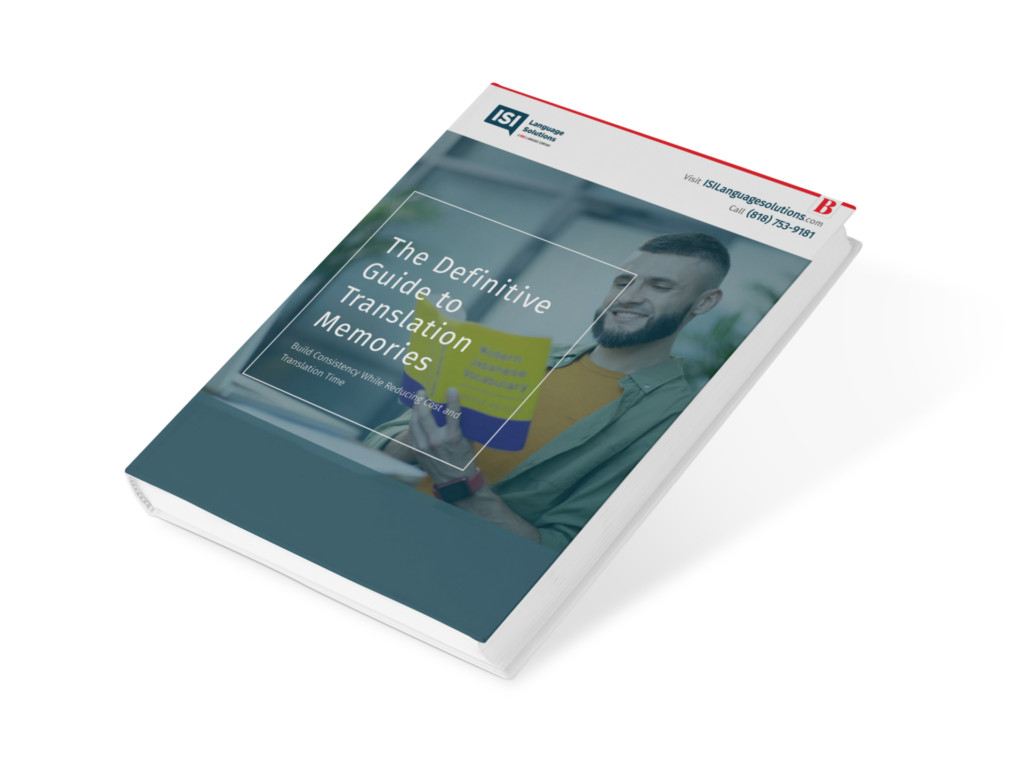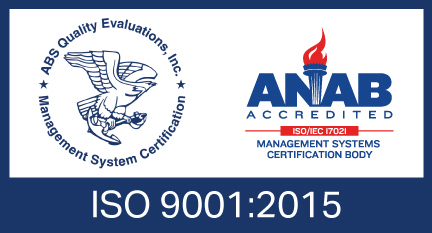Multilingual eLearning materials are more in demand than ever before. Not only are corporate workforces, business partners, and customers spread across the globe, but many employees have moved to a work-from-home atmosphere. With so much time spent before the computer screen, providing digital content is no longer enough—it has to be compelling and engaging too!
Providing high-quality eLearning materials in various formats can make all the difference. This blog breaks down the most popular eLearning content formats that lend themselves well to translation, whether provided as a standalone module or as part of a course or curriculum. Below, we discuss the nine eLearning content types to translate:
1. PowerPoint Presentations
Content creators either love or hate electronic slide formats such as PowerPoint. Nonetheless, slides are a popular tool for eLearning and are widely used in business and academia, meaning they are familiar to most learners. At their best, PowerPoint presentations transcend the use of text, images, and graphs. They can also be interactive for users and incorporate animations and videos.
When working with a Language Service Provider (LSP) to translate presentations, you should always provide them with native files in PowerPoint (or any other slide format). It ensures that all the text in the embedded media (such as images, videos, and graphics) will be translated, not just the presentation text itself. In addition, depending on your preferences, spoken language in videos can be translated and placed in the course with either voiceover or subtitles.
2. eGuides
Bite-sized eGuides can be a helpful way of providing detailed information or sharing step-by-step instructions on a new subject. They are typically provided electronically as a PDF but can also be shared in a ‘wiki’ or webpage format.
When translating an eGuide, remember to allocate enough time for the project. An experienced LSP will assign you a project manager to ensure that your eGuides and other materials are translated to the highest quality and that the project is completed smoothly and on schedule.
3. White Papers
White papers are ideal for complex topics or issues requiring an authoritative position. Typically, a white paper will argue a specific position or propose a solution to a problem in greater detail than an eGuide, for example. White papers can also spur critical thinking and encourage discussion and debate as part of your training course.
Creating a white paper requires knowledge of the topic; the same applies to their translation. Selecting an LSP with translators with expertise in your industry and subject matter will ensure your white papers are as effective in translation as they are in their original form. A quality translation provider will also contribute years of experience in the nuances of translation to ensure your white paper communicates its key messages effectively across the different languages you are targeting.
4. Charts and Graphs
Charts and graphs can be instrumental in making eLearning courses more memorable. They are a particularly effective tool for communicating complex and confusing data and can provide a visual break in otherwise text-heavy formats.
Charts and graphs need to be localized as well as translated. This is because countries and languages display data in distinct ways and may use different currencies and units of measurement.
5. Videos
Generally considered one of the most compelling ways to engage audiences, videos can play a vital role in helping you to achieve your eLearning training goals. The format can get a message across more powerfully, as it touches more of the senses (i.e., sound and sight) when compared to still images and text.
There are several translation options available for video, including voiceover and subtitles. Discuss these possibilities with your translation vendor to decide which method meets your goals, budget, and target audience.
Not all LSPs have video and voiceover capability, so it is worth checking upfront that your vendor offers these services. Centralizing your eLearning content via one company can save you time and money and ensure consistency across your course or curriculum.
6. Case Studies
What better way to learn than from a real-life scenario? By providing real-life and compelling examples, case studies can be helpful to eLearning and knowledge retention.
However, case studies can be incredibly time-consuming to put together, and translations sometimes match the quality of the original. Therefore, selecting an LSP that possesses both knowledge of the content and familiarity with the vocabulary of the source material can make a crucial difference.
Make sure your chosen vendor has demonstrated subject matter expertise in your field and industry, as well as native speakers able to provide culturally appropriate content that makes sense to the language speakers you are targeting.
7. Quizzes
If managed well, quizzes can be a lot of fun, making them a beneficial tool for eLearning. In addition, by engaging users, quizzes can elevate the overall effectiveness of a course and demonstrate that learners have retained the necessary knowledge.
Much like translating a joke, converting eLearning content like quizzes into new languages can be complex. Poorly translated examinations can be confusing and potentially even offensive to local language learners, while poor formatting also risks disappointing users at the point where you intend to entertain them!
Working with an experienced LSP with a background in eLearning can help you to sidestep these common issues. The right translator will accurately localize your quizzes while expertly removing any cultural barriers for your quiz takers.
8. Games
The gamification of eLearning content is gaining traction with learning providers. For example, students do not want to feel they are always “studying,” while employees risk considering eLearning courses to be “more work” instead of a perk.
Applying gaming-reward techniques, such as badges, leaderboards, and interactive modules can make the learning experience more pleasurable. Always check that your vendor has the necessary tools, experience, and cultural knowledge to complete the project when translating games, especially those that contain video and audio files.
9. Infographics
An infographic is a collection of images, charts, and text that gives an easy-to-understand overview of a topic. Infographics are ideal for explaining a complex process or displaying research findings or survey data. They can also summarize a report or raise awareness of an issue or cause. You’ll want to collaborate with an LSP with localization expertise when translating infographics. It will ensure that all units of measurement and data contained within the infographic are localized for the languages and locales.
How To Choose The Best LSP For Your eLearning Program
Finding the right partner for eLearning translation and localization will make all the difference in the success of your eLearning content. Not only will it ensure that learners in all languages share the same high-quality experience, but it will also take the pressure off the internal terms responsible for coordinating and delivering consistent global content.
Partnering with BIG Language gives you access to our portfolio; we customize and deliver language services in more than 300 languages and dialects. In addition, our LSP experts draw on our eLearning translation and take the time to understand your brand messaging and tone of voice to help you and your projects succeed, including providing you with complete control and oversight of all translation projects. It ensures that your translations are delivered on time and to the highest quality.
Contact us today for tailored advice and further insight on building an effective eLearning translation and localization strategy.








